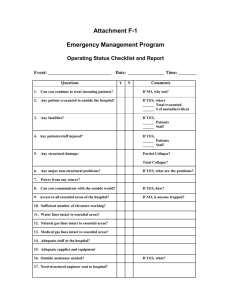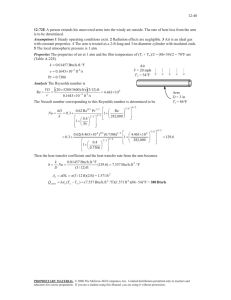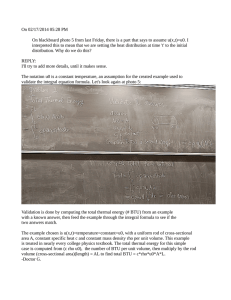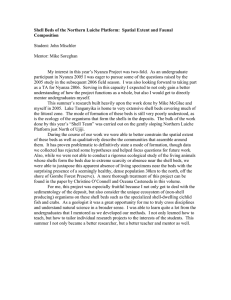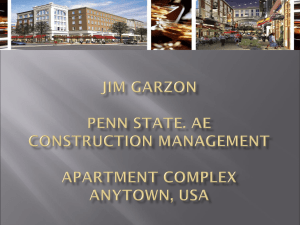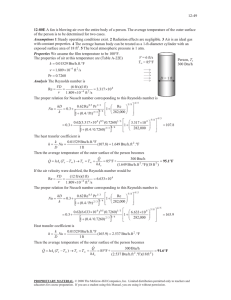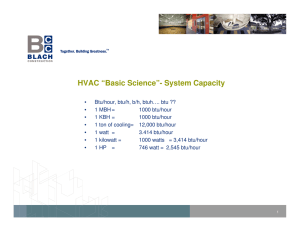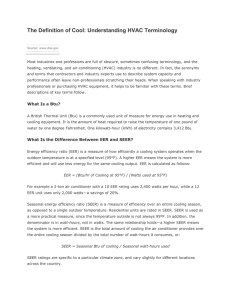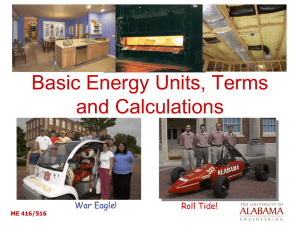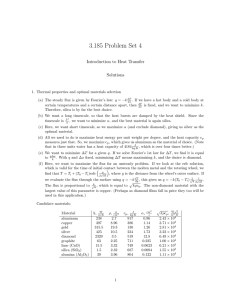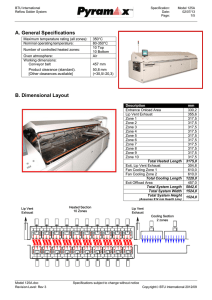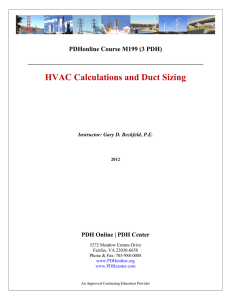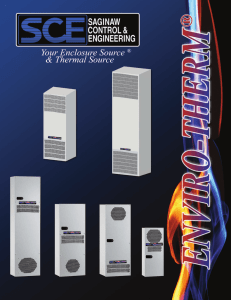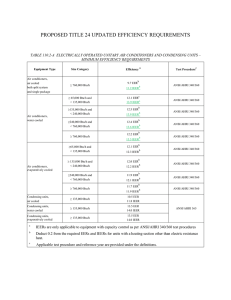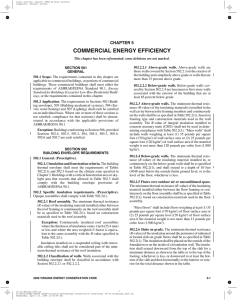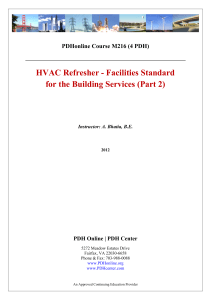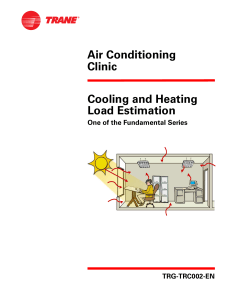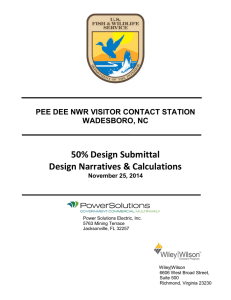Renovation
advertisement
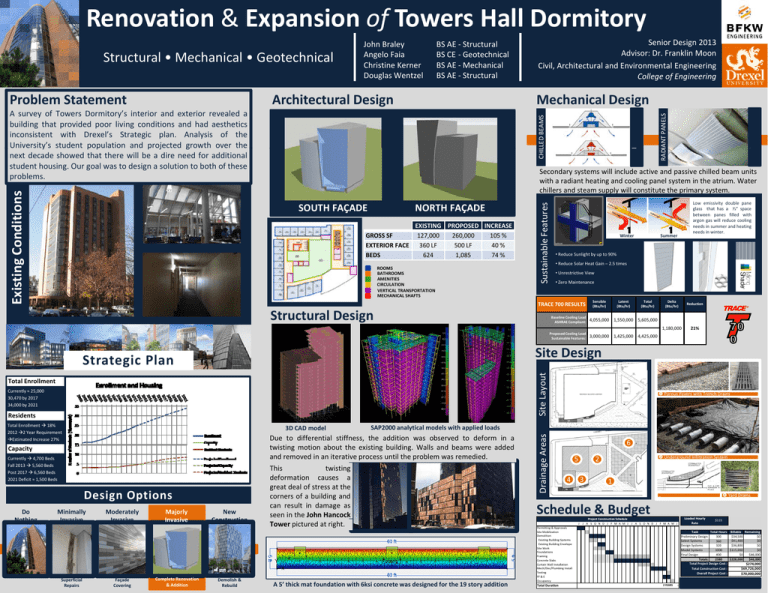
Renovation & Expansion of Towers Hall Dormitory Architectural Design Mechanical Design CHILLLED BEAMS A survey of Towers Dormitory’s interior and exterior revealed a building that provided poor living conditions and had aesthetics inconsistent with Drexel’s Strategic plan. Analysis of the University’s y student p population p and p projected j ggrowth over the next decade showed that there will be a dire need for additional student housing. Our goal was to design a solution to both of these problems. Exxisting Condiitions Senior Design 2013 Advisor: Dr. Franklin Moon Civil, Architectural and Environmental Engineering C ll College of Engineering fE i i Secondary systems will include active and passive chilled beam units with a radiant heating and cooling panel system in the atrium. Water chillers and steam supply will constitute the primary system. SOUTH FAÇADE NORTH FAÇADE GROSS SF EXTERIOR FACE BEDS EXISTING PROPOSED INCREASE 127,000 260,000 105 % 360 LF 500 LF 40 % 624 1,085 74 % ROOMS BATHROOMS AMENITIES CIRCULATION VERTICAL TRANSPORTATION MECHANICAL SHAFTS MECHANICAL SHAFTS Sustainable Feattures Problem Statement BS AE ‐ Structural BS CE ‐ Geotechnical BS AE ‐ Mechanical BS AE ‐ Structural BS AE St t l Winter Summer • Reduce Solar Heat Gain – 2.5 times • Unrestrictive View • Zero Maintenance Sensible (Btu/hr) Latent (Btu/hr) Total (Btu/hr) Baseline Cooling Load ASHRAE Compliant: 4,055,000 1,550,000 5,605,000 Proposed Cooling Load Sustainable Features: 3,000,000 1,425,000 4,425,000 Site Layout Total Enrollment Currently ≈ 25,000 30,470 by 2017 34,000 by 2021 Residents 3D CAD model Capacity Currently 4,700 Beds Fall 2013 5,560 Beds Post 2017 6,560 Beds 2021 Deficit ≈ 1,500 Beds Design Options Superficial Repairs Façade Covering Majorly IInvasive i Complete Renovation & Addition Reduction 1,180,000 21% TRACE ® New Construction C t ti Demolish & Rebuild Porous Pavers with Trench Drains SAP2000 analytical models with applied loads Due to differential stiffness, the addition was observed to deform in a twisting motion about b the h existing building. b ld Walls ll and d beams b were added dd d and removed in an iterative process until the problem was remedied. This twisting deformation causes a great deal of stress at the corners of a building and can result in damage as seen in the John Hancock Tower pictured at right. A 5’ thick mat foundation with 6ksi concrete was designed for the 19 story addition Drainage Areeas Total Enrollment 18% 2012 2 Year Requirement Estimated Increase 27% Moderately I Invasive i Delta (Btu/hr) Site Design Strategic Plan Minimally I Invasive i Low emissivity double pane glass that has a ½” space between panes filled with argon g ggas will reduce coolingg needs in summer and heating needs in winter. • Reduce Sunlight by up to 90% TRACE 700 RESULTS Structural Design Do Nothing N thi RADIIANT PANELS Structural • Mechanical • Geotechnical John Braley Angelo Faia Christine Kerner D Douglas Wentzel l W t l 6 5 4 Underground Infiltration System 2 3 1 &Bio Retention Planter Box Schedule & Budget Project Construction Schedule Project Construction Schedule J J A S O N D J F M A M J J A S O N D J F M A M J Permitting & Approvals Site Mobilization Demolition Existing Building Systems Existing Building Envelope Site Work Foundations Framing Concrete Slabs Curtain Wall Installation Mech/Elec/Plumbing Install Testing FF & E Occupancy Total Duration Loaded Hourly Loaded Hourly Rate Yard Drains $115 Task Total Hours Billable Remaining Preliminary Design $34,500 $0 300 Select Systems $41,400 $0 360 Design Systems $36,800 $0 320 Model Systems $115,000 $0 1000 Final Design $0 $46,000 400 Totals: 2380 $228,000 $46,000 Total Project Design Cost : $274,000 Total Construction Cost : $69,726,000 Overall Project Cost : $70,000,000 2 YEARS 2 YEARS
